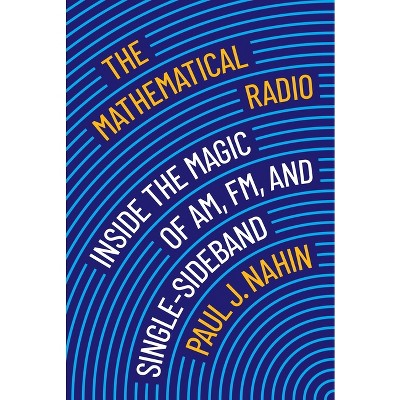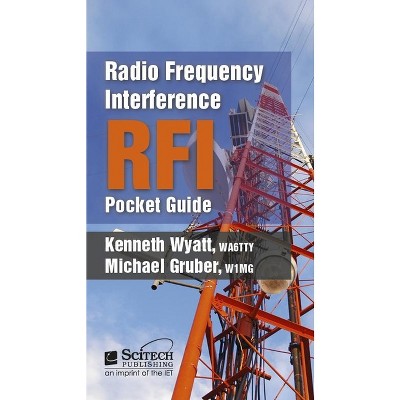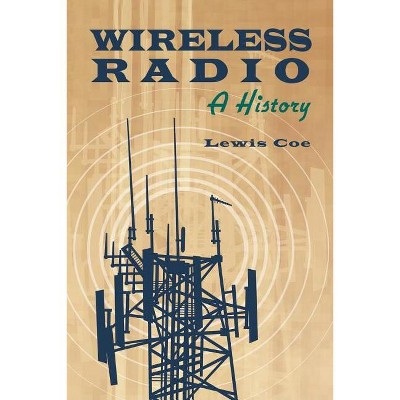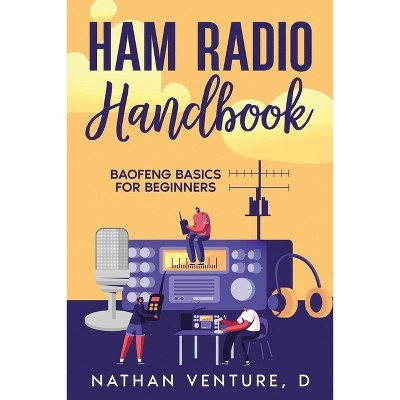Sponsored

The Science of Radio - 2nd Edition by Paul J Nahin (Paperback)
In Stock
Sponsored
About this item
Highlights
- By focusing specifically on AM radio, THE SCIENCE OF RADIO offers both a fascinating history of radio as an information and entertainment medium and a practical, applications-oriented introduction to electrical engineering.
- Author(s): Paul J Nahin
- 466 Pages
- Technology, Radio
Description
Book Synopsis
By focusing specifically on AM radio, THE SCIENCE OF RADIO offers both a fascinating history of radio as an information and entertainment medium and a practical, applications-oriented introduction to electrical engineering. A number of challenging problems are in the book. It is an excellent text for intermediate engineering students familar with freshman calculus and physics.Review Quotes
From the reviews:
"... The notes and problems at the end of each chapter are very helpful. There are many quotable passages ... In the final analysis, the book is definitely worth owning ... It is an extremely well written - but unusual - book that I highly recommend for all physicists." The Physics Teacher
FROM THE REVIEWS:
ELECTRONIC DESIGN NEWS
"Even though this 296-page textbook targets sophomore EE students, it has a place in the libraries of experienced Electrical Engineers. It does a good job not only of teaching the underlying theory of radio, but also of entertaining readers."
CHOICE MAGAZINE
"Intended as a companion for students familiar with college physics and calculus and studying electrical engineering using AM radio theory, Nahin's work takes a unique teaching approach. The 21 chapters are divided into four sections, sprinkled with humorous cartoons to pique reader interest...The work contains many fascinating ideas...Upper-division undergraduate; faculty; professional."
THE PHYSICS TEACHER
"The book is unorthodox in many ways, from its presentation of the sophisticated mathematics of radio within the general chronology of the discovery and advance of radio art and technology to the inclusion of problems at the end of the appendices (I'm not certain I've ever seen that before!)...He never talks down to the reader (an elegant vocabulary is used) and seldom will a reader be bored. The notes and problems at the end of each chapter are very helpful. There are many quotable passages...In the final analysis, the book is definitely worth owning...It is an extremely well written - but unusual - book that I highly recommend for all physicists."
Shipping details
Return details
Trending Computers & Technology Books











